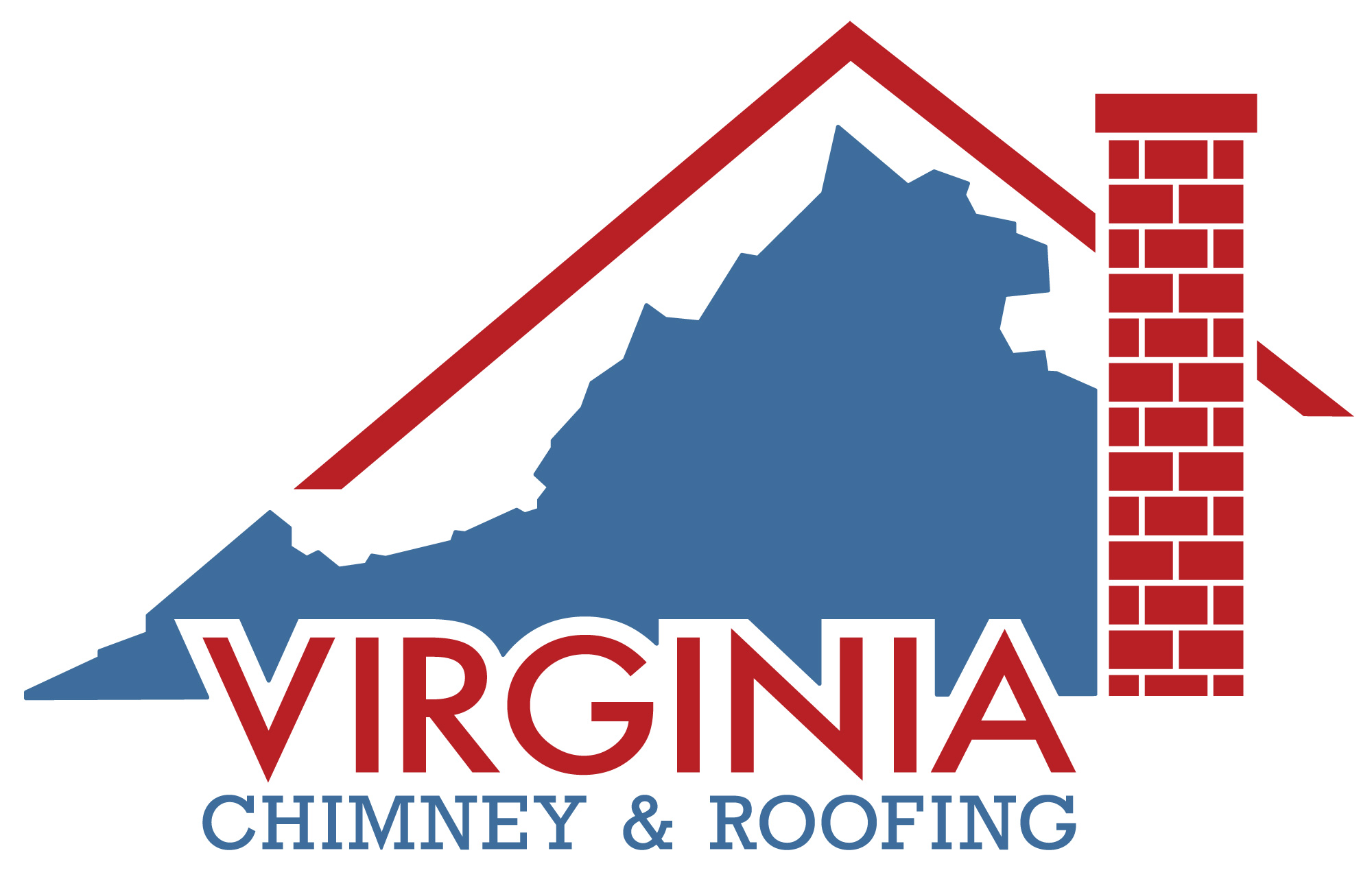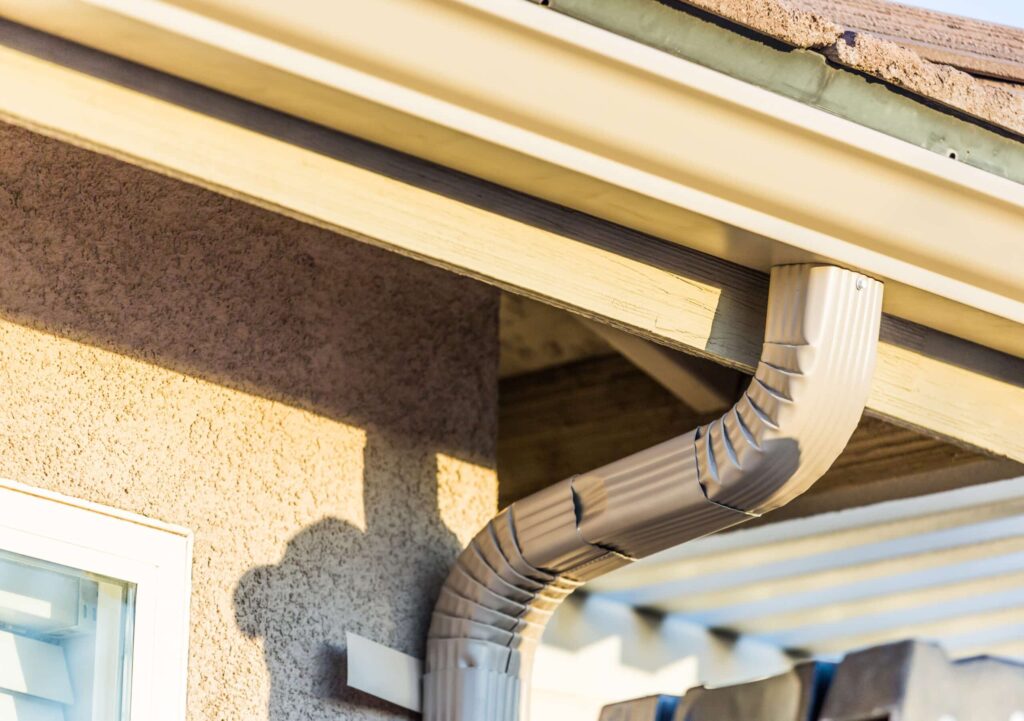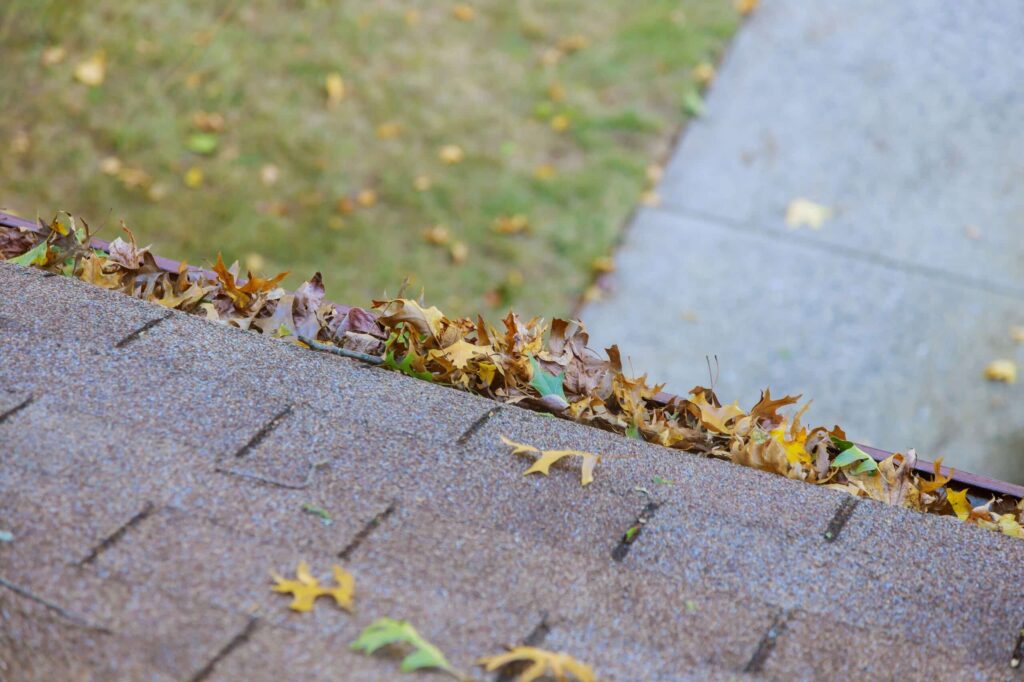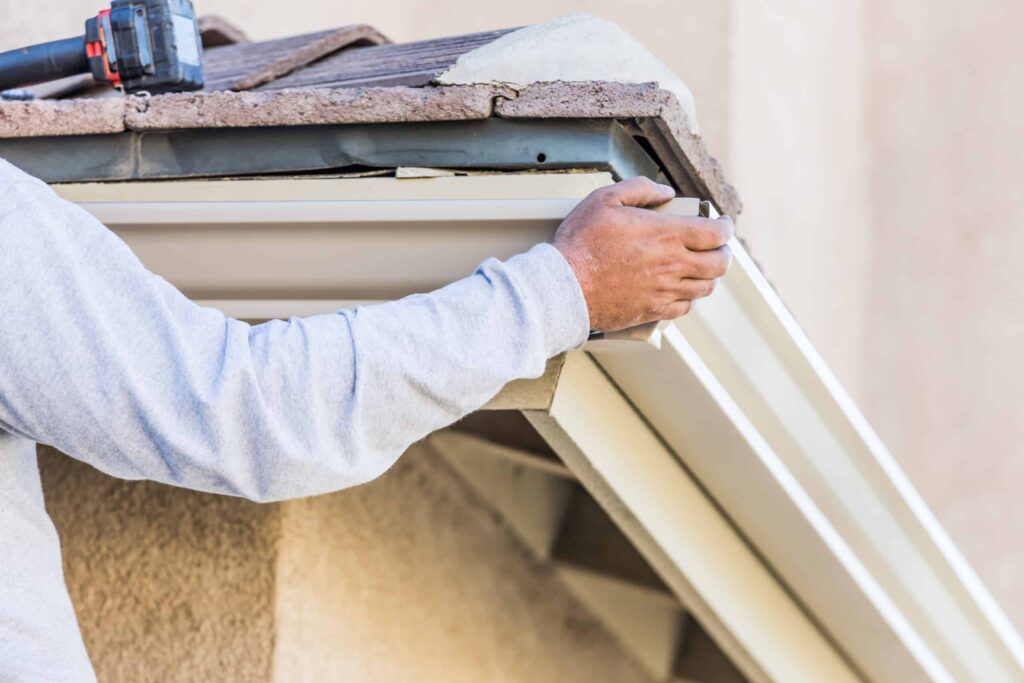Did you know that chimney fires are one of the leading causes of house fires in the United States? Every year, thousands of homes are damaged or destroyed by preventable chimney fires. In this blog post, we will discuss how to prevent chimney fires from happening in your home. We will also talk about how our team at Virginia Chimney and Roofing can help care for your chimney and keep you safe!
How to Prevent Chimney Fires
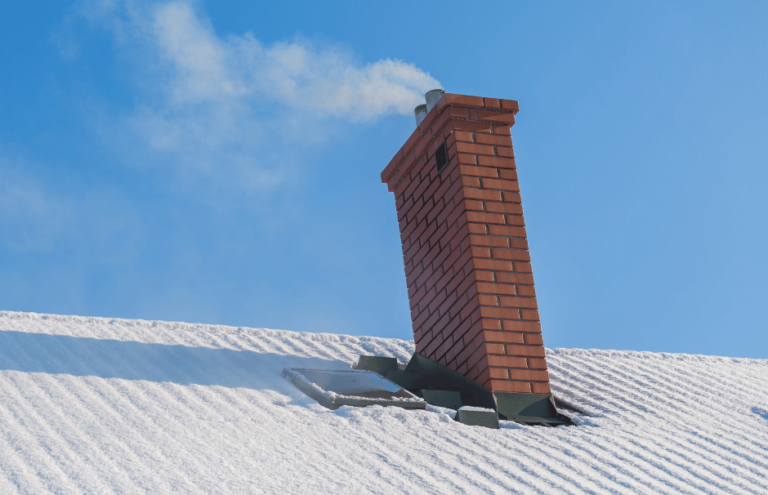
According to the latest statistics available, there are over 25,000 Chimney Fires per year in the US. To make sure your home doesn’t become part of that statistic, here are a few tips to help you prevent chimney fires:
Prevent Chimney Fires With Annual Inspections
To keep your fireplace and woodstove safe from dangerous chimney fires, it’s essential to schedule annual inspections. These professionals have thorough knowledge in detecting any invisible defects like cracked flue liners that can lead to hazardous blazes, as well as removing soot, creosote or blockages such as bird nests. And if needed they can also make necessary repairs for you.
There are typically three different levels of chimney inspections
- Level 1: Level 1 chimney inspections include a check of the readily accessible parts of the fireplace or wood stove and chimney.
- Level 2: Level 2 chimney inspections include a video scanning of the internal chimney surfaces
- Level 3: Level 3 chimney inspections include level 1 and 2 inspections along with a partial chimney tear-down to inspect for more serious damage
In order to figure out which option is best be sure to consult with a team of professionals! These annual inspections are extremely important when you are trying to prevent chimney fires.
Minimize Creosote Build Up
The leading cause of chimney fires is creosote build up. As wood burns, the smoke and gases that are created contain unburned particles which adhere to the lining of your chimney. If the temperature in the chimney flue (the space inside the chimney) is high enough, and the creosote build-up thick enough, creosote can catch fire—and that fire can spread and move up the flue.
To reduce the amount of creosote buildup in your chimney and prevent chimney fires, be sure to burn only dry seasoned wood. Dry wood burns hotter and more completely than wet or green wood which produces less smoke and gases. Also, using a fireplace insert with an EPA certified rating can help lower the temperature inside of your flue, further reducing the risk of a chimney fire.
Another thing you need to pay attention to is your chimney’s flue liner, the layer between the flue and chimney wall. If your flue liner is cracked, broken, or otherwise damaged from exposure to heat, it can further increase the chances of a chimney fire.
Employ Clean Burning Techniques
Fires that smolder at a slower, cooler pace will result in more smoke and ash which leads to the formation of creosote on the chimney walls. This can lead to an increased risk for chimney fires. On the other hand, blazing hot fires burn quicker and leave behind less vapor or unburned material; resulting in almost no creosote build up within your flue or fireplace.
Keeping that in mind, in order to prevent chimney fires, it’s essential to use some clean burning techniques when using your fireplace or wood stove. Make sure that you’re using the right size logs for your firebox and the correct amount of kindling. Start with small pieces of wood to create a quick hot flame that will quickly turn into coals. This will in turn create a slow burning, longer lasting fire. Some other clean burning techniques include:
- Using a spark arrestor on the top of your chimney
- Making sure you have enough air in the fire chamber for proper combustion
- Not burning garbage or other hazardous materials in your fireplace or wood stove
- Only burning seasoned firewood
It is also extremely important to make sure the fire is completely extinguished before you head to bed. Use a fireplace poker to spread out any wood and embers before covering them with ash from the bottom of the hearth using a shovel. Once cooled off, ensure all remaining embers are put out by spreading sodium bicarbonate over it – or baking soda if that’s what you have on hand! After the firebox has settled and become cool – minimum of three hours, but ideally eight – use a shovel to move all ashes into a metal container. Fill this vessel with water and keep it away from other combustible items outside your home until you are ready to throw them out.
Use Safe Fire Starters to Prevent Chimney Fires
When starting a fire in your fireplace, it’s important to always use a safe fire starter. This can include manufactured logs or kindling such as paper and sticks of wood, but never accelerants like lighter fluid or gasoline. These substances can build up in the flue, leading to dangerous creosote buildup that could cause a chimney fire.
Using a safe fire starter is the best way to ensure that your fireplace and chimney stay as clean as possible. If you have an old-fashioned fireplace, consider buying a metal grate for your logs so that air can flow more freely and help create a hotter, more efficient burn. This will reduce creosote buildup and by extension, help prevent chimney fires.
install a chimney cap
Chimney caps are designed to keep animals and debris from entering your chimney flue, as well as help draft air into the flue while keeping sparks and embers from flying out. Installing a chimney cap can also help prevent water damage in the form of cracks or holes in the flue that could lead to dangerous creosote buildup.
Chimney caps come in a variety of materials and styles, so make sure to check with your local hardware store for the right type of chimney cap for your specific needs. Make sure that the cap is securely fastened onto your flue liner and that all areas are free from debris or blockages before lighting a fire.
Clean Your Chimney When There is a 1/8 inch Layer of Build-Up
It is recommended that you have your chimney cleaned annually, or when there is a 1/8 inch layer of build-up. The best way to do this is to hire a professional chimney sweep who can use the appropriate tools and techniques to clean the flue safely and efficiently. A certified technician will be able to inspect your fireplace for any potential hazards and make sure that everything is in working order.
Not only will regular chimney cleanings help prevent chimney fires, but it can also keep your home safe from carbon monoxide poisoning caused by a blocked flue. By keeping up on your annual maintenance, you’ll be able to enjoy the warmth of your fireplace without any worries!
Let Virginia Chimney And Roofing Can Help You Prevent Chimney Fires
Proper maintenance and regular cleaning is the best way to prevent chimney fires. By using clean burning techniques, installing a chimney cap, and having your chimney cleaned at least once a year or when there is 1/8 inch layer of build-up, you can reduce your risk of having a dangerous chimney fire. If you need assistance in preventing chimney fires, don’t hesitate to contact our team at Virginia Chimney and Roofing for help. With our expertise and experience, we can ensure that you have a safe and enjoyable fireplace experience all year round.
